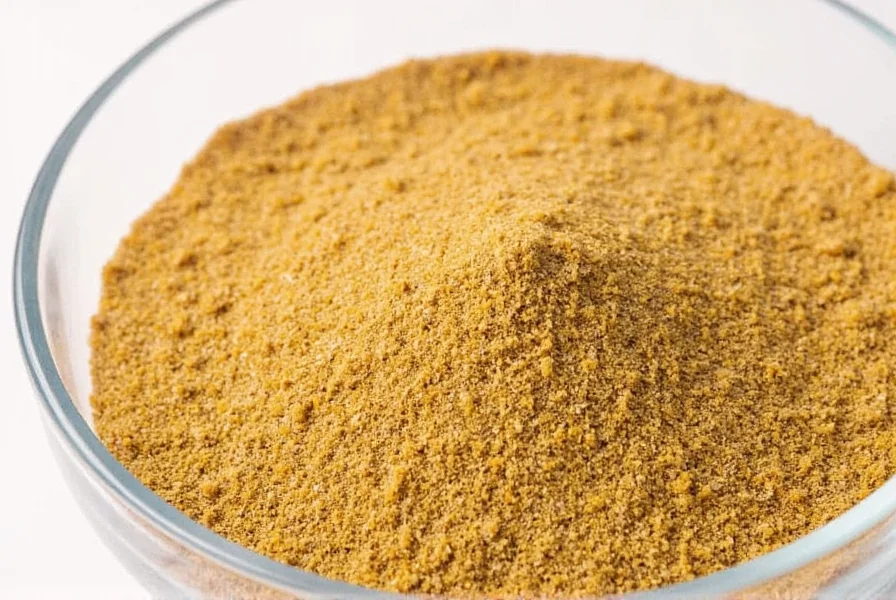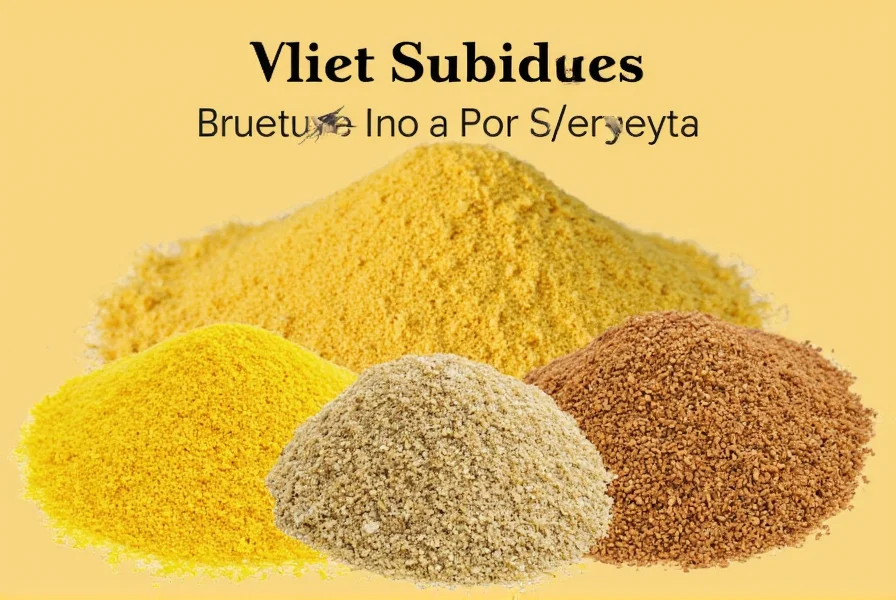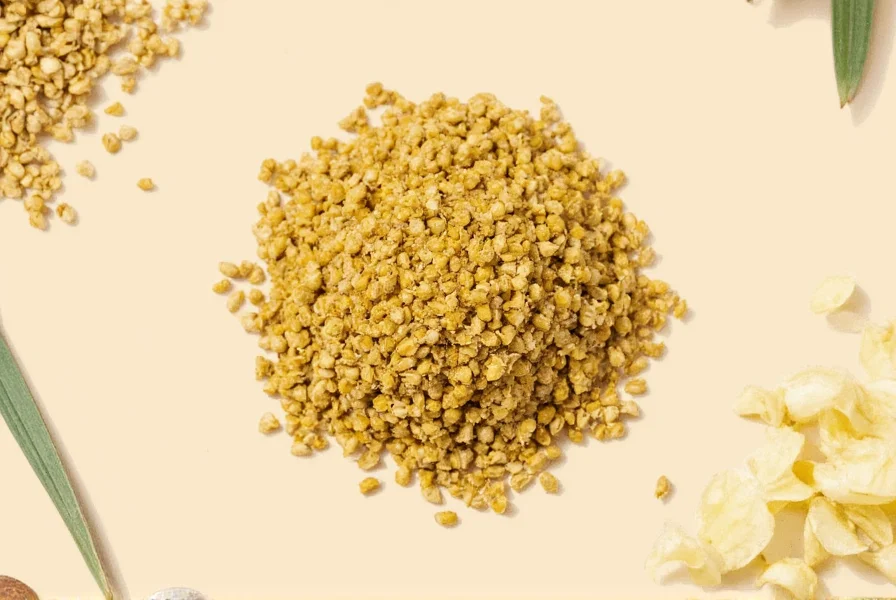Fenugreek's unique flavor profile—bitter, slightly sweet with maple-like notes—makes it challenging to replace, but understanding your specific cooking need determines the best alternative. Whether you're preparing Indian curries, Middle Eastern stews, or baking recipes that call for this versatile seed, the right substitute preserves your dish's integrity without compromising authenticity.
Understanding Fenugreek's Distinctive Characteristics
Fenugreek appears in three primary forms in cooking: whole seeds, dried leaves (known as kasuri methi in Indian cuisine), and ground powder. Each form serves different culinary purposes. The seeds offer a robust bitterness that mellows when cooked, while dried leaves provide a more subtle, aromatic quality essential in many North Indian dishes. Recognizing which form your recipe requires helps select the most appropriate substitute.
When seeking a fenugreek substitute for curry recipes, consider that fenugreek contributes both flavor complexity and thickening properties. In traditional Indian cooking, the seeds are often tempered in hot oil at the beginning of preparation, while dried leaves are crushed and added toward the end. This timing affects which substitute works best for your specific application.
Top Fenugreek Substitutes by Form
Choosing the right fenugreek alternative requires matching both flavor profile and functional properties. Here's a comprehensive guide to replacing fenugreek in various cooking scenarios:
| Form Needed | Best Substitute | Ratio | Best Used In | Flavor Notes |
|---|---|---|---|---|
| Fenugreek seeds | Equal parts mustard seeds + fennel seeds | 1:1 replacement | Curry bases, pickling, tempering | Provides similar bitterness with complementary notes |
| Dried fenugreek leaves (kasuri methi) | Dried celery leaves or dried mint | 2:1 replacement | Dal, butter chicken, finishing dishes | Offers herbal quality without overpowering |
| Fenugreek powder | Curry powder or adjusted garam masala | 1.5x amount of curry powder | Gravies, marinades, spice blends | Compensates for missing complexity |
| Maple-like flavor (non-curry) | Maple extract or toasted sesame oil | 1/4 tsp extract per tsp fenugreek | Baking, roasted vegetables | Recreates sweet-bitter balance |
Specialized Substitutes for Indian Cuisine
When searching for a fenugreek substitute for curry dishes specifically, traditional Indian recipes require careful consideration. For butter chicken or palak paneer, where dried fenugreek leaves are essential, try this professional chef technique: combine equal parts dried oregano and dried parsley with a pinch of asafoetida (hing). The oregano provides earthiness while the hing mimics fenugreek's distinctive savory quality.
For recipes requiring fenugreek seeds in tempering (tadka), the mustard-fennel seed combination works exceptionally well, but add a pinch of turmeric to approximate fenugreek's color contribution. This approach serves as an effective fenugreek seeds substitute in Indian cooking without altering the dish's fundamental character.

Avoiding Common Substitution Mistakes
Many home cooks make critical errors when replacing fenugreek. The most frequent mistake involves using too much substitute—fenugreek's bitterness means even small amounts significantly impact flavor. When using a fenugreek powder replacement, start with half the recommended amount and adjust after cooking.
Another common issue occurs when substituting in lentil dishes (dal). Fenugreek helps reduce gassiness from legumes, so when seeking what to use instead of fenugreek in dal, include a piece of kombu seaweed during cooking, which provides similar digestive benefits while adding umami.
Creating Your Own Fenugreek-Style Blend
For frequent cooks needing a reliable fenugreek alternative for non-curry applications, create a custom spice blend:
- 2 tbsp coriander seeds
- 1 tbsp mustard seeds
- 1 tbsp fennel seeds
- 1 tsp nigella seeds
- 1/2 tsp asafoetida
Dry roast all ingredients until fragrant, then grind to a fine powder. Store in an airtight container for up to three months. This versatile blend works as an excellent fenugreek powder replacement in most savory applications and provides similar depth without overwhelming bitterness.
When to Seek Authentic Fenugreek
While substitutes work well in many situations, certain dishes require genuine fenugreek for authentic flavor. Traditional dishes like methi maaz (lamb with fenugreek) or authentic sambar powder benefit significantly from real fenugreek. If possible, keep a small supply of both seeds and dried leaves for these specialty recipes. Many Indian grocery stores sell fenugreek in small, affordable quantities perfect for occasional cooking.

Practical Application Tips
When implementing a fenugreek substitute in recipes, consider these professional techniques:
- For dried leaf substitution, crush your alternative between palms before adding to release maximum flavor
- Add seed substitutes early in cooking to mellow bitterness, similar to real fenugreek
- Balance excessive bitterness from substitutes with a pinch of sugar or lemon juice
- When using curry powder as a fenugreek powder replacement, reduce other spices proportionally
Understanding these nuances transforms your cooking when you don't have fenugreek available, ensuring your dishes maintain complexity and authenticity even with substitutions.











 浙公网安备
33010002000092号
浙公网安备
33010002000092号 浙B2-20120091-4
浙B2-20120091-4